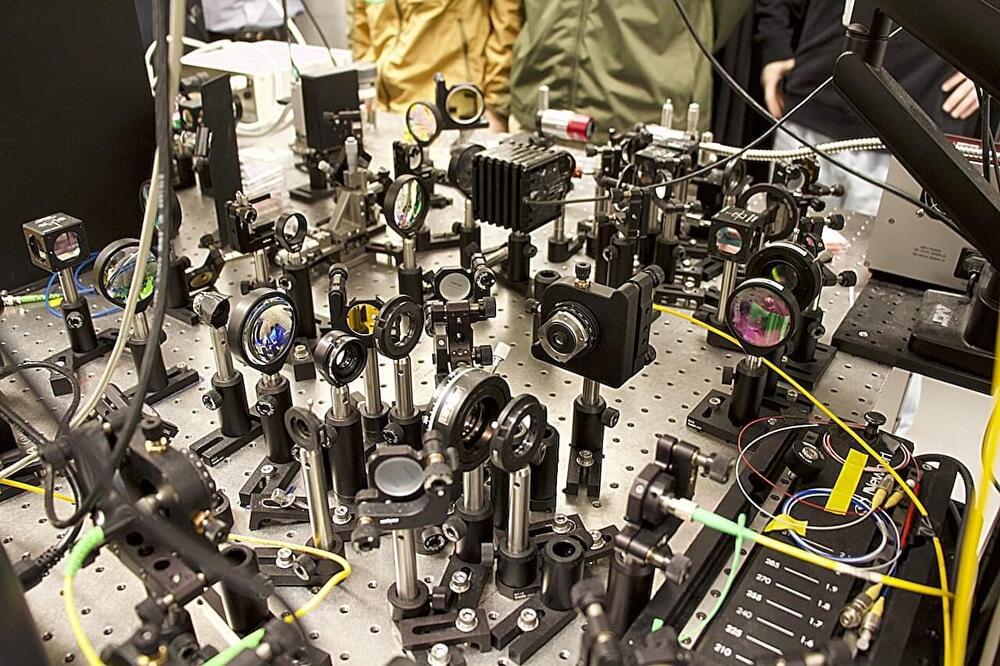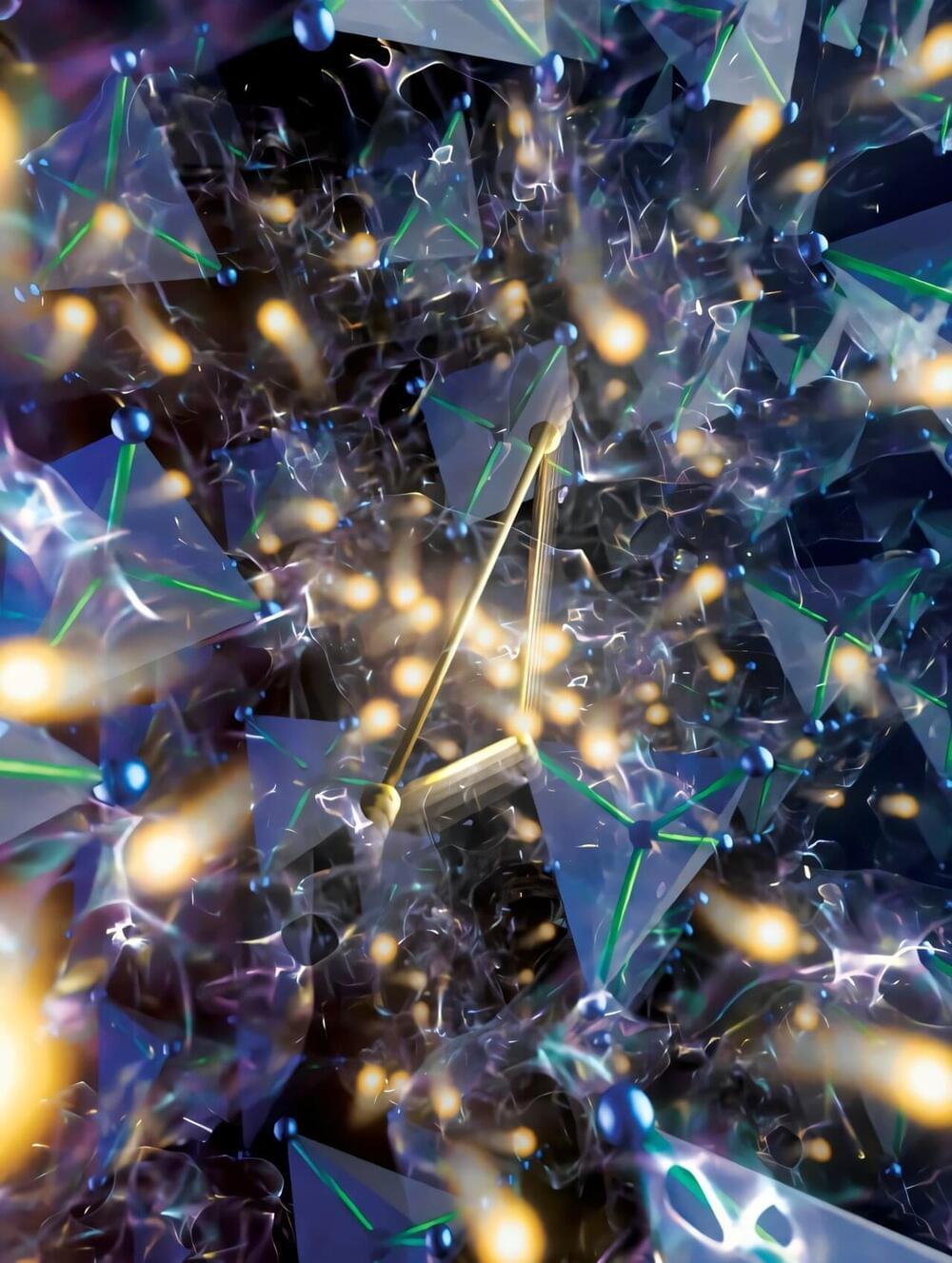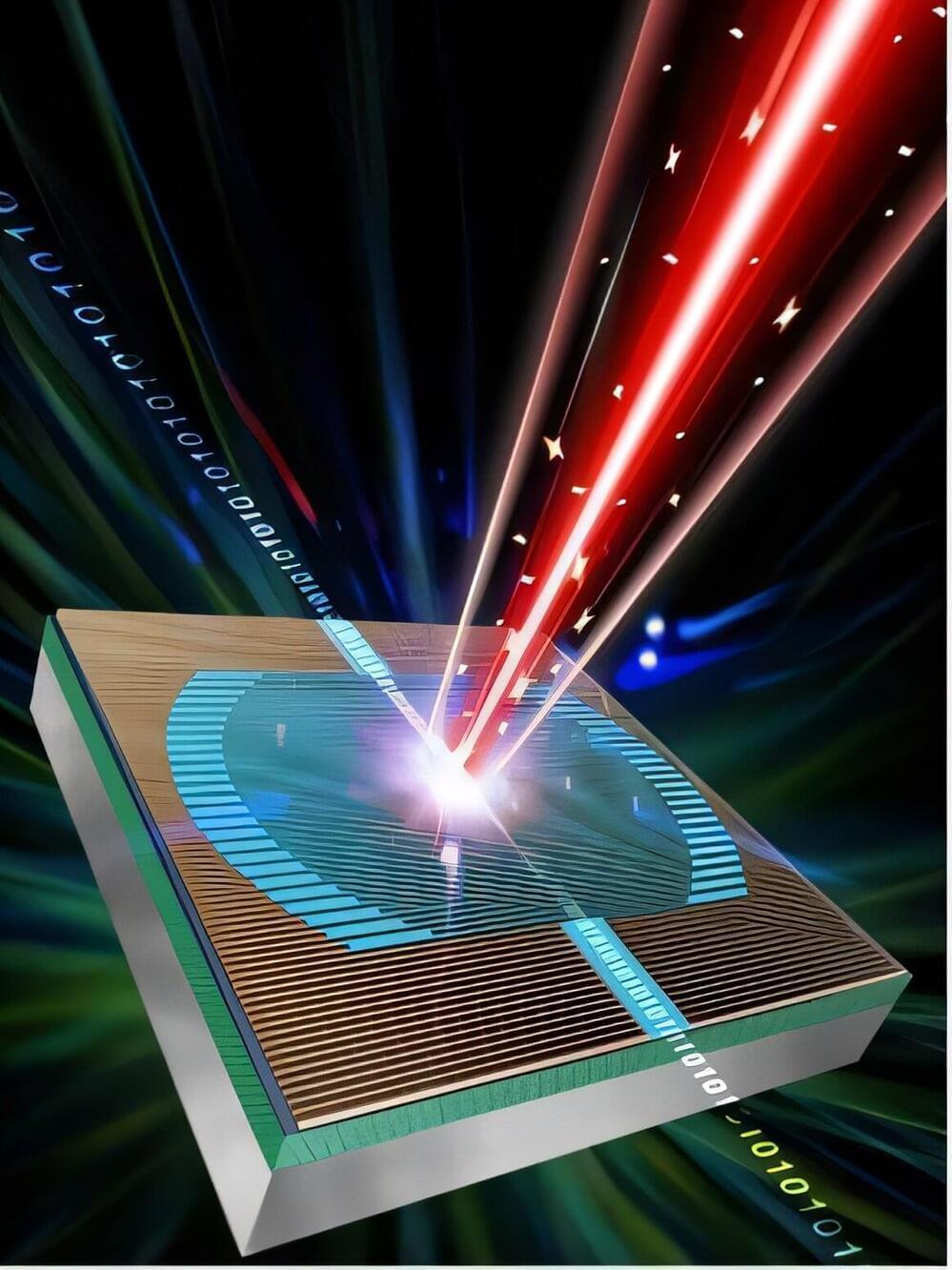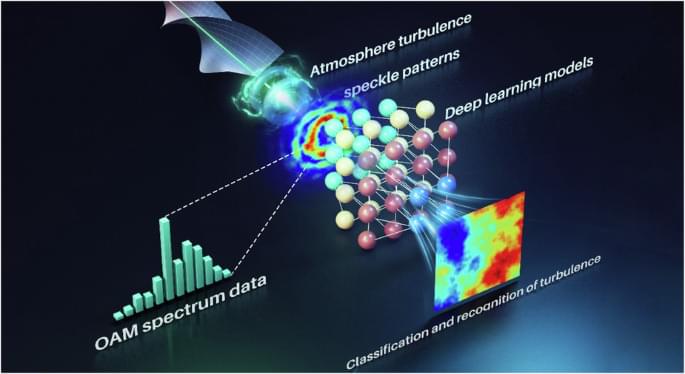A recent study from the McGovern Institute for Brain Research shows how interests can modulate language processing in children’s brains and paves the way for personalized brain research.
The paper, which appears in Imaging Neuroscience, was conducted in the lab of MIT professor and McGovern Institute investigator John Gabrieli, and led by senior author Anila D’Mello, a recent McGovern postdoc who is now an assistant professor at the University of Texas Southwestern Medical Center and the University of Texas at Dallas.
“Traditional studies give subjects identical stimuli to avoid confounding the results,” says Gabrieli, who is the Grover Hermann Professor of Health Sciences and Technology and a professor of brain and cognitive sciences at MIT. “However, our research tailored stimuli to each child’s interest, eliciting stronger—and more consistent—activity patterns in the brain’s language regions across individuals.”









